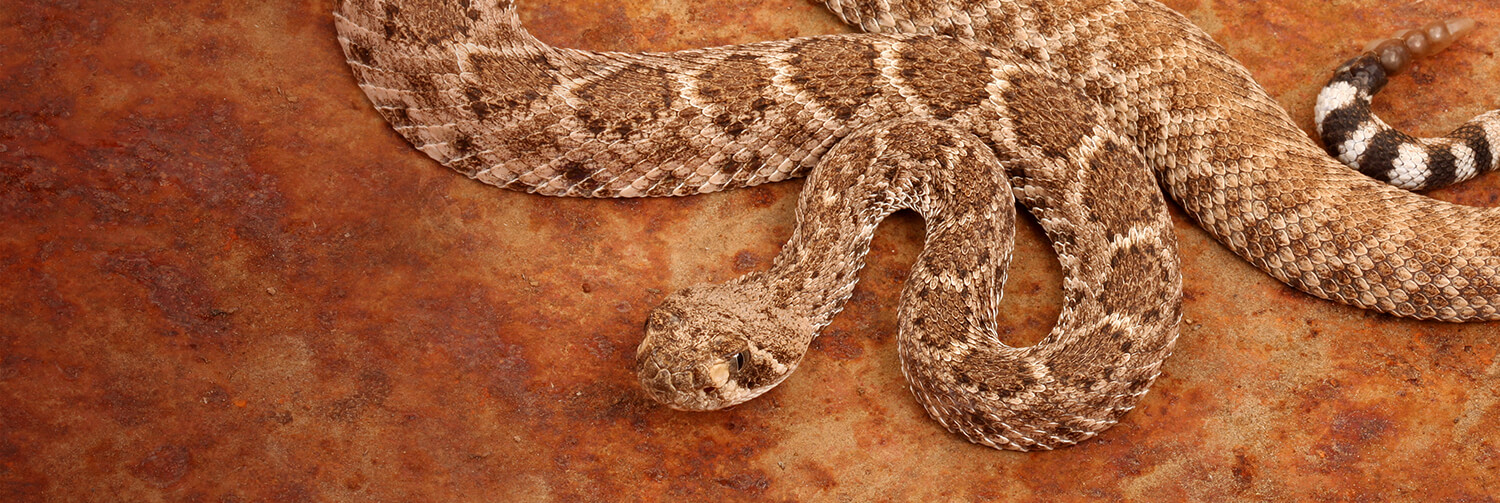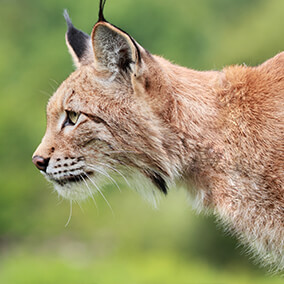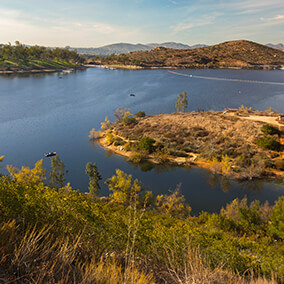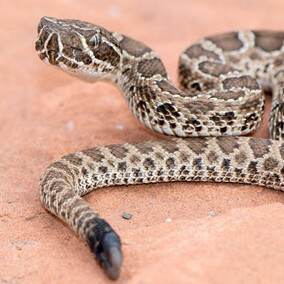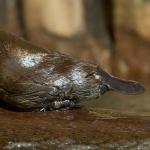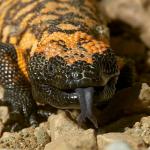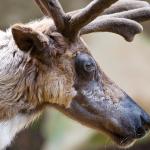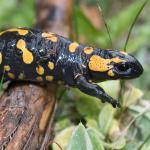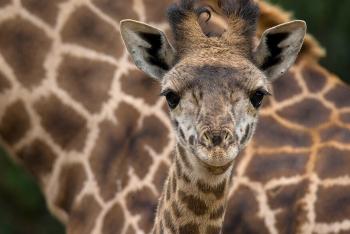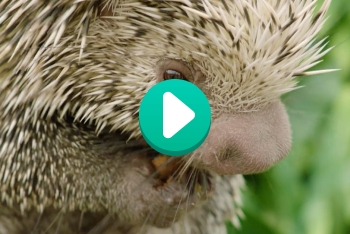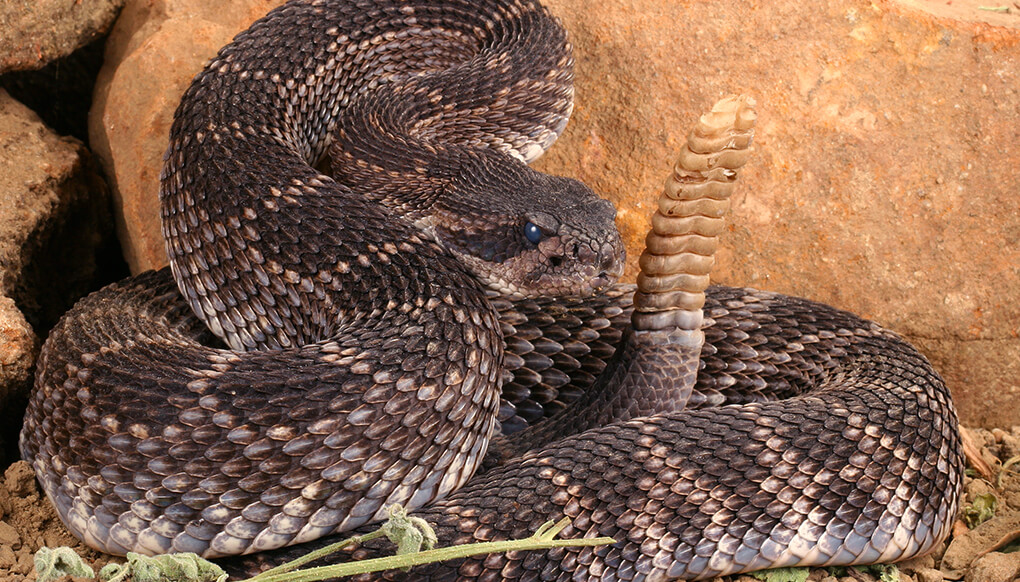
Rattlesnake

Reptiles


Some Endangered
facts

There are more than 30 different species of rattlesnakes. The biggest species is the eastern diamondback rattlesnake.
Rattlesnakes eat rodents, rabbits, squirrels, birds, lizards, and frogs— but only when they’re hungry. An adult can go two weeks between meals!

You can find species of rattlesnakes in deserts, swamps, rainforests, meadows, and other habitats. They often seek shelter in rocky crevices, burrows, or leaf litter.
description
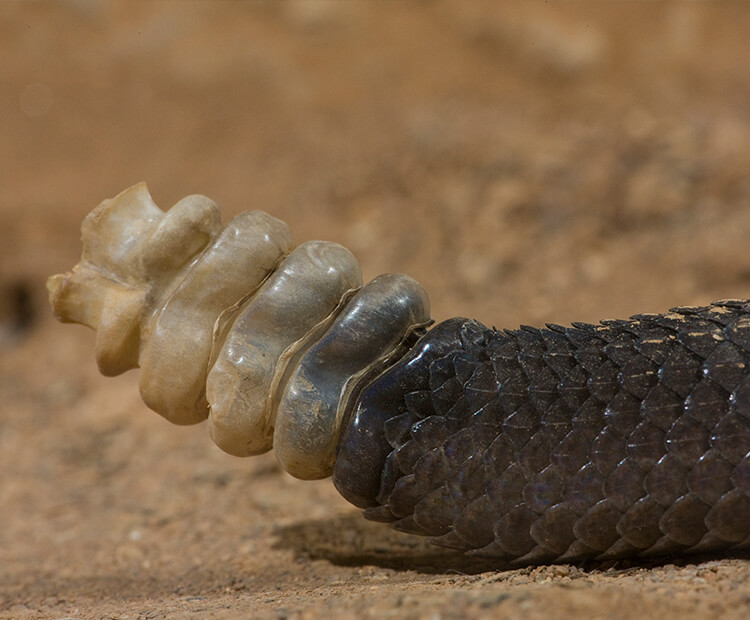
Shake it
As it grows, a rattlesnake sheds its skin. With each shed, it adds another segment to its rattle. The rattle segments interlock loosely, so when a snake wiggles its tail, they click and rattle against each other. You can’t tell the age of a rattlesnake by counting the segments, though. A snake may shed more than once a year, and sometimes segments break off.
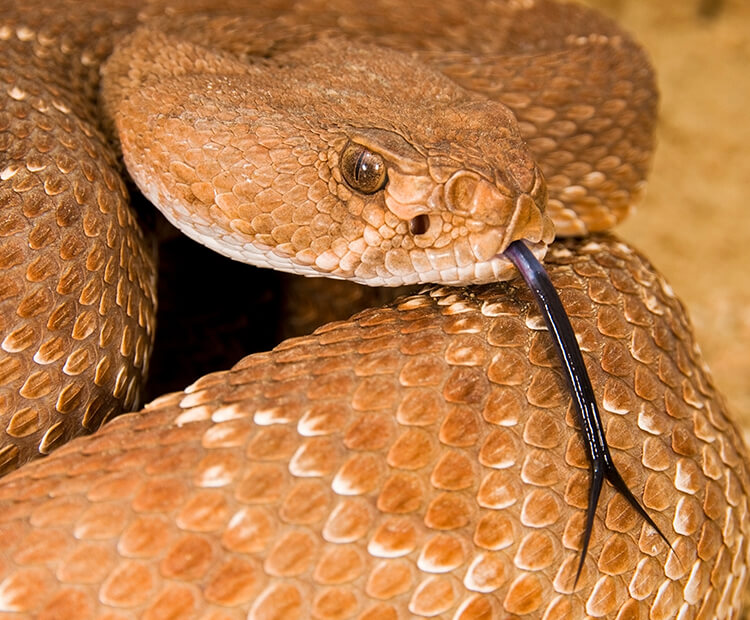
On the job
A snake locates prey by scent, with the help of its tongue. The forked tongue flicks in and out, picking up odor particles. Then the snake lies in wait until its prey comes along. When prey comes close enough, the heat-sensitive pits on each side of a rattlesnake’s head enable the snake to “see” a heat image of its prey. The snake lunges and strikes, injecting venom with its fangs.
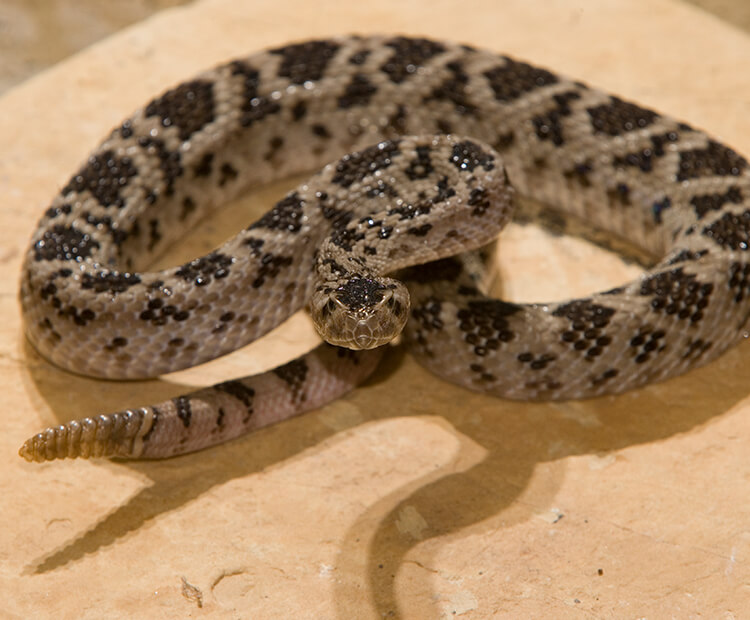
Take care
An alarmed snake usually tries to escape or hide, so be sure to stay out of its way. Rattlesnakes sometimes warn away predators by shaking their rattle. Biting is a last resort, but a snake may strike quickly if it is startled. So, be alert when you’re hiking, and move away if you see a rattlesnake. Be careful where you put your hands and feet.

